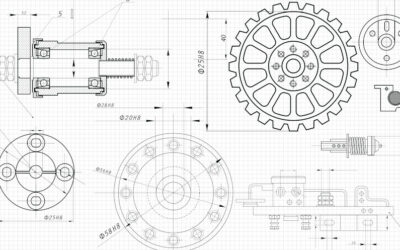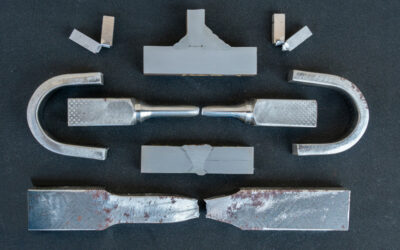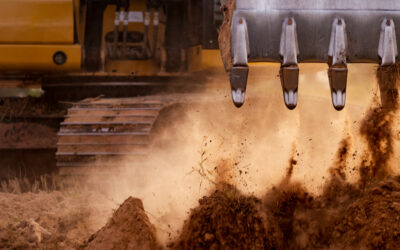Springs are mechanical components that elastically absorb applied loads. By “elastically,” we mean that these springs will return to their original position once you remove the applied load. This makes them useful in applications that demand energy storage or shock-absorbing capabilities.
However, there are several types of springs, all of which have different designs and suitability for different application needs.
In this article, we’ll get back to the basics of springs. We will first discuss the operating principle of springs and then cover the different types of springs and their applications.
Hooke’s Law: Understanding the Basic Operating Principle of Springs
Hooke’s law describes the way springs react to applied loads. To understand this law, we’ll be considering a simple spring that extends when a load (gold rod) is applied to it, as shown in the Figure below.
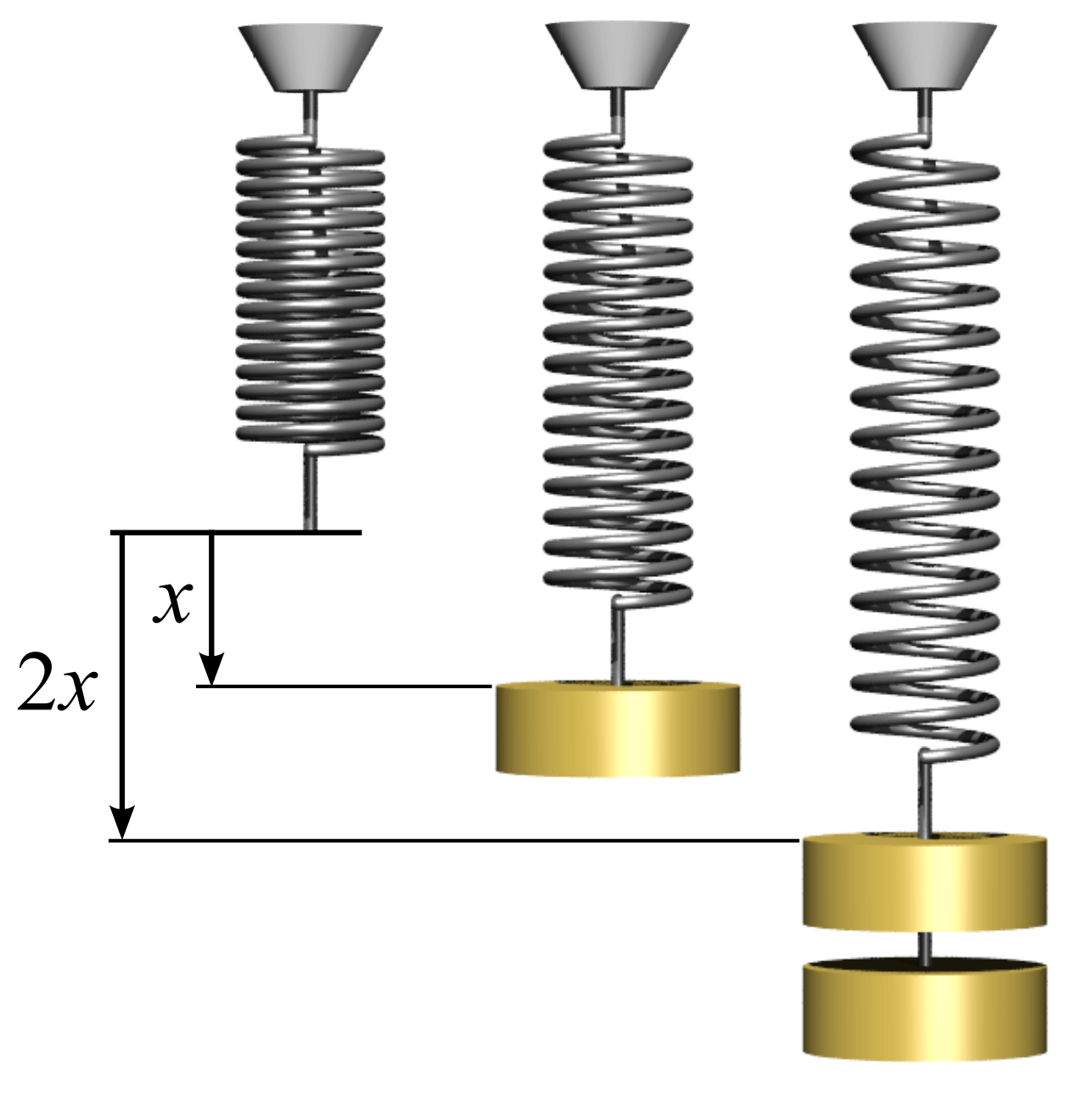
Figure 1: Springs typically obey Hooke’s Law
Source: Wikimedia Commons
Hooke’s law states that the amount of force (or load) needed to extend this spring by some distance scales linearly with that distance. In simple terms, it means that the amount of force (or load) is directly proportional to the spring’s displacement (or deflection). So if you add twice as much force to the spring, it will stretch the spring twice as far as the original displacement.
Mathematically, Hooke’s law is represented by:
F = -kX
Where:
F = Force (or load) applied to the spring
X = Displacement of the spring
k = Spring constant (or spring rate)
The negative sign in Hooke’s equation signifies that the direction of spring’s restoring force is opposite to the force which causes the displacement. So, for instance, pulling down on the spring (extension) will cause an upfront restoring force. However, keep in mind that Hooke’s law only holds if the elastic limit of the spring material is not exceeded. Now, we will cover six types of springs you should know about.
Common Spring Types and Their Applications
#1 Compression Springs
Compression springs are helical coil springs designed to resist axial compression forcesㅡwhich means they resist forces that tend to squish or press them.
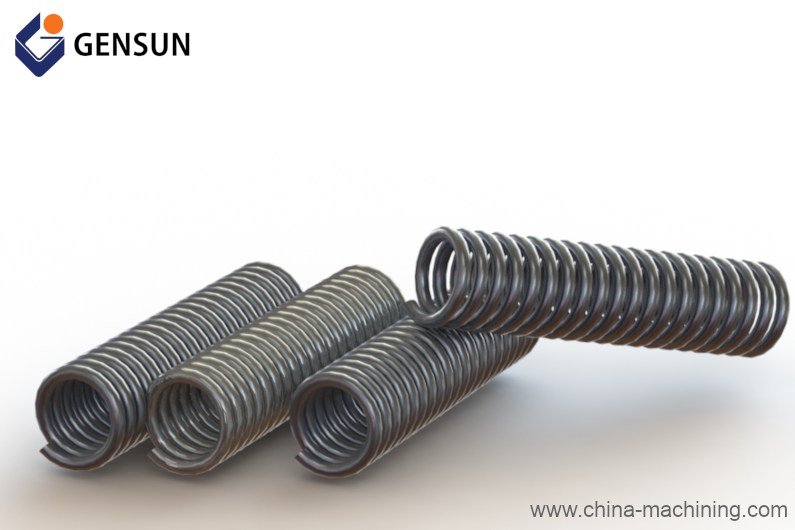
Figure 2: Compression Spring
Look at it this way. When you apply force (or load) to a compression spring, the force compresses (or shortens) the spring and causes it to store energy. When you remove this applied load, the spring releases energy and pushes back against the load as it tries to return to its original length.
Compression springs appear in various industries, including aerospace, medical, and automotive industries. For instance, you’ll find these springs in automotive shock absorbers, valves, and ballpoint pens.
#2 Extension Springs
Extension springs are helical coil springs that resist tensile forcesㅡwhich means they resist forces that tend to pull them apart. They usually feature a hook on their ends that acts as attachment points.
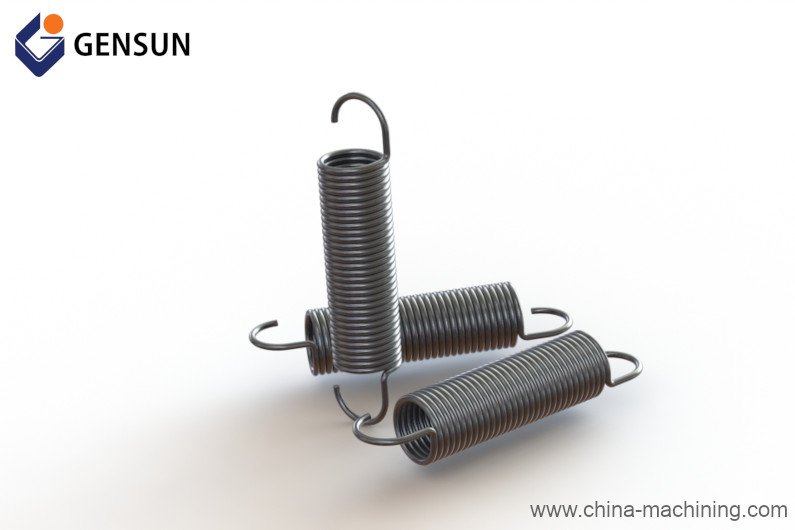
Figure 3: Extension Spring
These springs are ideal in applications where components tend to pull apart, for example, garage doors. You’ll also find them in jaw pliers, pull levers, and weighing machines.
#3 Torsion Springs
Torsion springs are helical-shaped springs that exert a force (or resist rotation and torque) when twisted. Unlike compression springs that require a linear force to push, torsion springs store (and release) rotational energy via torqueㅡwhich is the rotational equivalent of a linear force.
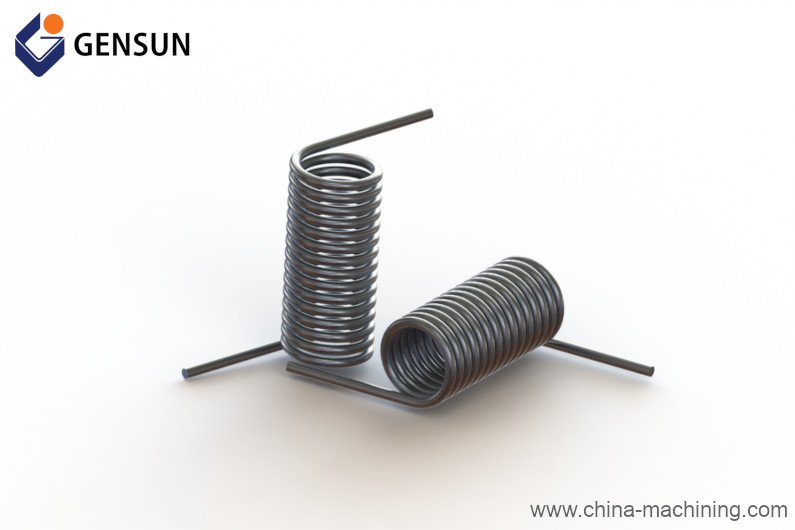
Figure 4: Torsion Spring
These springs feature two straight legs at the ends that act as attachment points and allow you to apply torque. The torque causes the spring to rotate about its axis and store rotational energy. However, torsion springs have a limited range of motion (up to 360°) and are ideal for doors and hinges, counterbalances, and lever returns in automotive applications.
(Related Post: 3 Important Insights About CNC Machining in the Automotive Industry)
#4 Leaf Springs
Leaf springs consist of several flat, lightweight metal plates (of similar curvature but varying sizes) stacked on top of each other. These metal plates are usually clamped or bolted, giving them high strength and flexibility.
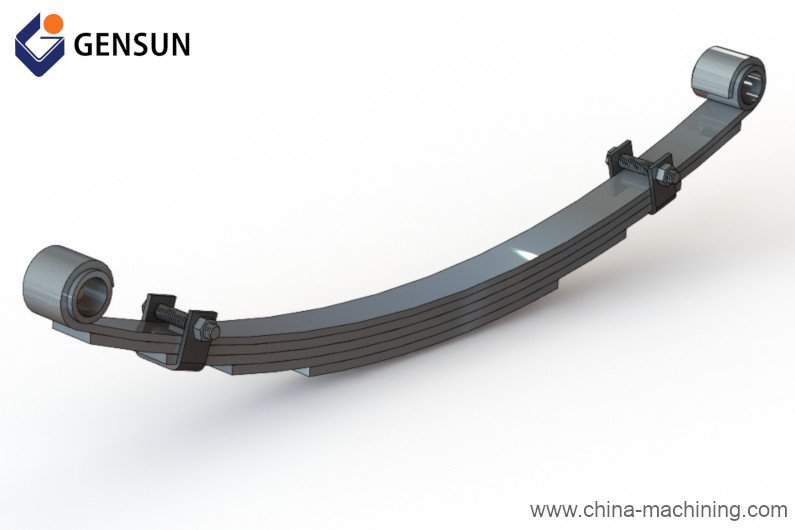
Figure 5: Leaf Spring
These advantages make them ideal for automotive applications where there is a need to provide a large amount of support between the wheels, axles, and car chassis. In addition, they can absorb shocks and vibrations in heavy commercial vehicles like vans, trucks, and buses.
However, leaf springs have a complex design and require precise manufacturing accuracy to make them worthwhile. CNC machining is among the few manufacturing processes commonly used to create these springs accurately.
(Related Post: What is CNC Machining? Understand This Fascinating Manufacturing Process)
#5 Garter Springs
Garter springs are basically helical springs (extension or compression springs) connected at both ends to form a circular shape. This unique design allows garter springs to provide strong radial force directed towards their center.
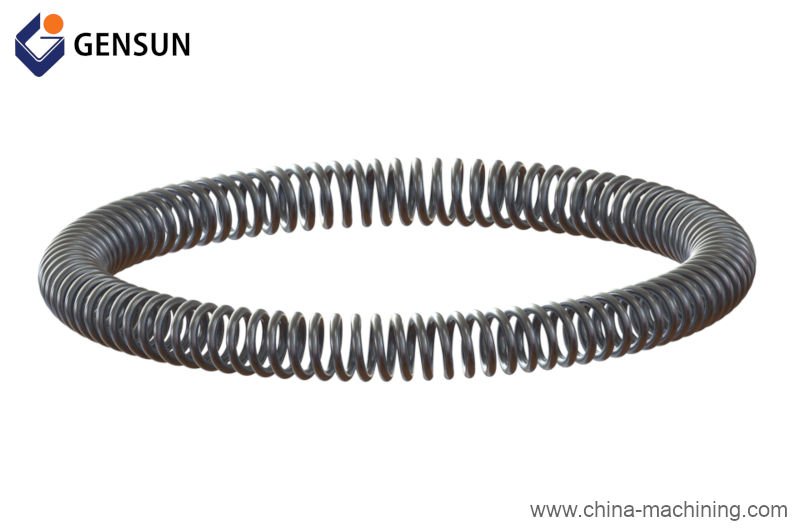
Figure 6: Garter Spring
These are ideal in applications where there is a need to maintain pressure, like the transmission system of vehicles and hydraulic pump seals. This is because a garter spring’s powerful radial force creates a pressurized seal around pipes that prevents leaks or contamination from dust and chemicals.
#6 Disc Spring
Disc springs are conically shaped spring washers typically made from steel. They are ideal for applications that feature very high loads in limited spaces, such as vehicle braking systems and pressure regulators.
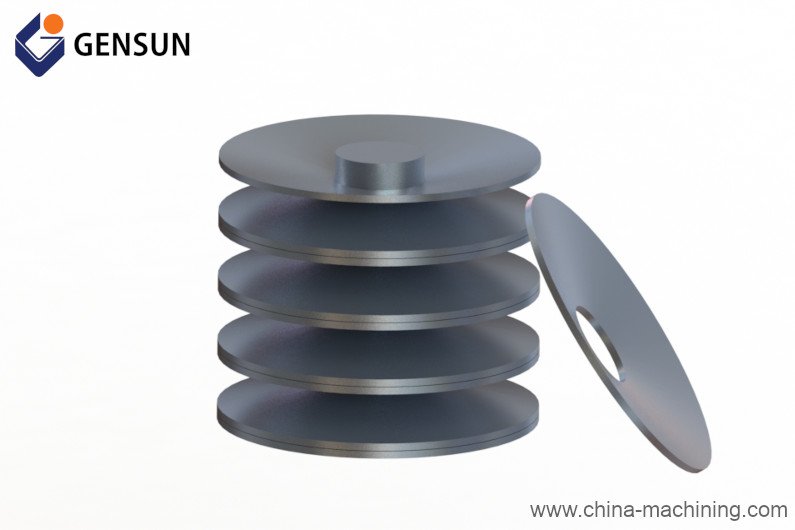
Figure 7: Disc Spring
Spring Manufacturing: Gensun Precision Machining Can Help
Do you have a product that features any of these types of springs, and do you worry about fabricating the springs accurately and making your product functional? If so, you need the service of a top-notch manufacturer with a track record of providing high-quality manufacturing services.
Gensun Precision is a leading provider of CNC machining across Asia. We have a team of highly qualified engineers and machinists capable of getting your products done right the first time.
Learn more about our CNC machining services.

